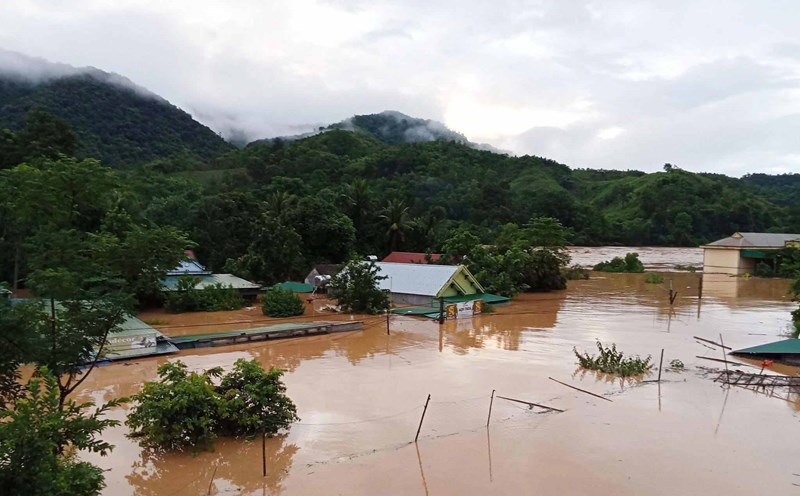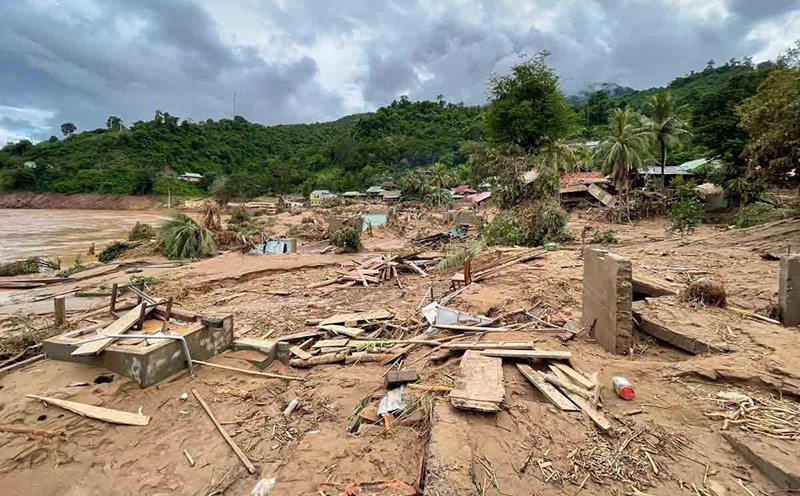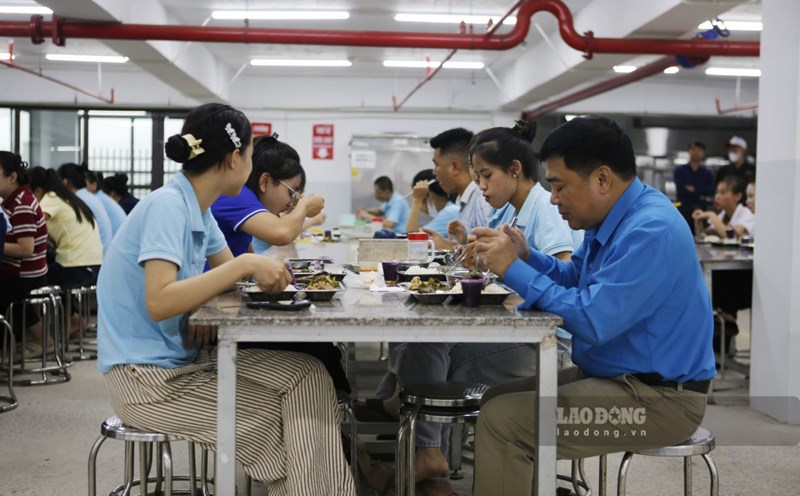Iranian Foreign Minister Abbas Araghchi publicly confirmed on July 22 that the country's three most important nuclear facilities suffered serious damage in the US military campaign in June.
The air campaign, carried out by the US Air Force in the early morning of June 22 with the nickname "night Rice", caused great damage to Iran's nuclear infrastructure.
At that time, the US deployed 7 B2 Spirit stealth bombers, dropping a total of 14 bombs through the GBU-57 underground tunnel, a specially designed weapon to destroy solidly protected underground targets.
Araghchi said the facilities of Fordow, Natanz and Isfahan all suffered serious losses from the attack.
In Natanz, which is seen as a key uranium enrichment hub of Iran, many items were destroyed, hampering the progress of the nuclear program. Experts say the damage here could take Iran many years to restore its previous operational capabilities.
The Fordow facility, which was built deep in the mountains with a strict protection system, could not avoid being hit. The use ofam bombs caused significant damage to the project, but the specific extent of damage inside has not been announced.
The Isfahan nuclear research complex, one of Iran's largest facilities, was also severely affected.
Mr. Araghchi admitted that the airstrike has stunted Iran's uranium enrichment capabilities, significantly affecting the progress of the national nuclear program.
Although Iran has said it still has untreated uranium reserves, the possibility of a quick resumption of these activities is facing many technical challenges.
Currently, Iran is conducting a comprehensive assessment of the damage at the attacked facilities and making plans for restoration. Foreign Minister Araghchi also emphasized that the nuclear program is not only a scientific achievement but also a symbol of national pride, so Iran will not abandon this goal.











